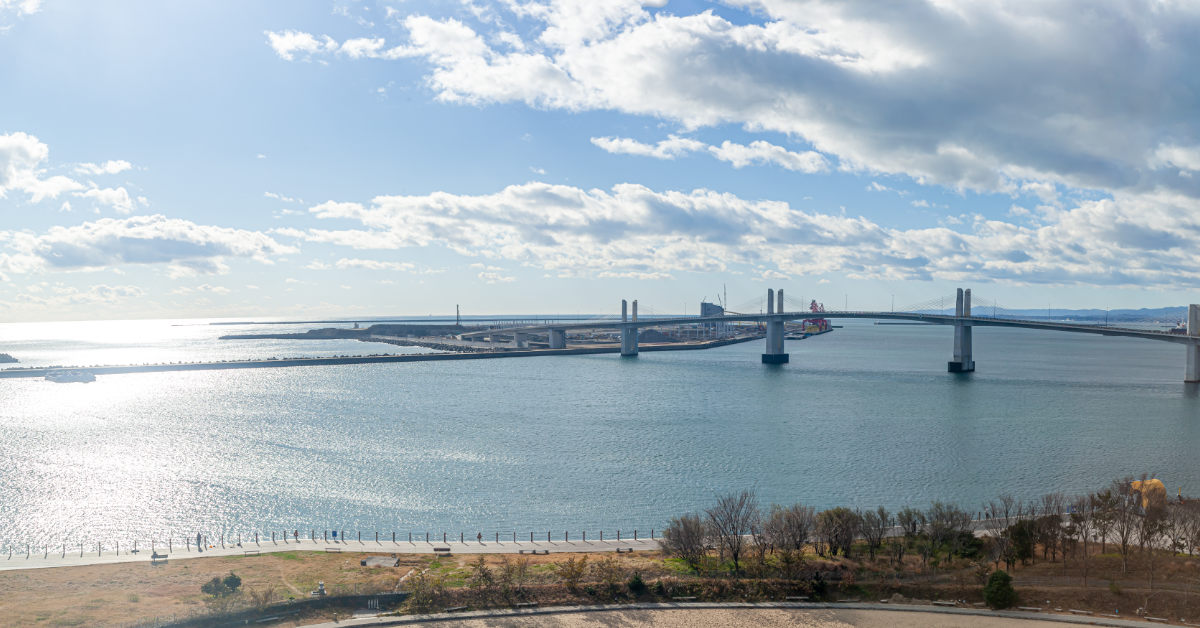In the decade since the Fukushima nuclear disaster, the Japanese government has grappled with what to do with Fukushima’s contaminated water. Officials decided in two years; they will begin dumping more than 1 million metric tons of treated radioactive Fukushima water into the ocean. (1)
Japan To Dump Radioactive Fukushima Water Into The Ocean
The Japanese government has been planning to dump the radioactive Fukushima water into the ocean for quite some time but has come up against repeated delays. The delays have been because of safety concerns and opposition from local fishers worried about what the toxic water will do to their industry. Now that they have announced they will be going ahead with the project; both national and international opposition is quite worried. (1)
The Plan
The government, however, says that they plan on releasing the water in a safe, controlled manner. It will begin in two years and take place slowly over several decades. The water will be treated first to remove most of the radioactive material except for tritium. This is an isotope of hydrogen that, in small amounts, is not harmful to humans. (1)
“Before the discharge, the water in tanks will also be sufficiently diluted so that the concentration of tritium will be much lower than Japan’s national regulatory standards, which is compliant with international standards,” they said in a statement from the Prime Minister’s office. (1)
An Unknown Long-Term Impact
Marine biologists are concerned about the impact this will have on the ocean ecosystem and marine plants and animals. While this may not be harmful to humans, the long-term impact that this low-dose exposure could have on marine life. The radioactive material that would remain in the water is also unknown. (2)
Read: People Are Turning Vegan After Watching Seaspiracy On Netflix, But How Accurate Is The Documentary?
The Opposition
The people of Fukushima strongly oppose this “solution,” as do local fishermen and neighboring countries. The long-term impact of this dumping is known. For this reason, these groups are concerned that over several decades, this could have a devastating impact on many groups. Locals are concerned for the environment and their own health, and nearby countries are concerned about the contaminated water spreading to their shores. (3)
“It seems the government’s desire to release the water into the sea takes priority over everything,” Katsuo Watanabe, an 82-year-old Fukushima fisher, told the Kyodo news agency. “The gap between the gravity of the problems we face and the levity of the character is huge.”
South Korea has equally as grave concerns. (3)
“The government has been emphasizing that the decision needs to be made through transparent disclosure of information and consultations with neighboring countries. If the Japanese government decides to discharge contaminated water from the Fukushima nuclear power plant without sufficient consultation, it is difficult for us to accept this,” said South Korean Foreign Affairs Ministry spokesman Choi Young-sam. (1)
The Bottom Line
As of right now, they plan on beginning sometime in 2023. In the meantime, many countries, local groups, and environmental groups continue to fight back against the decision. (1)
Keep Reading: Not bot, not beast: Scientists create first ever living, programmable organism
Sources
- “Japan to start releasing treated Fukushima water into sea in 2 years.” CNN. Chie Kobayashi, Blake Essig, Nectar Gan. April 13, 2021.
- “Japan to start releasing treated radioactive water from Fukushima nuclear plant into sea in 2 years.” CBC. The Associated Press. Apr 13, 2021.
- “Japan scraps mascot promoting Fukushima wastewater dump.” The Guardian. Justine McCurry. April 15, 2021.

